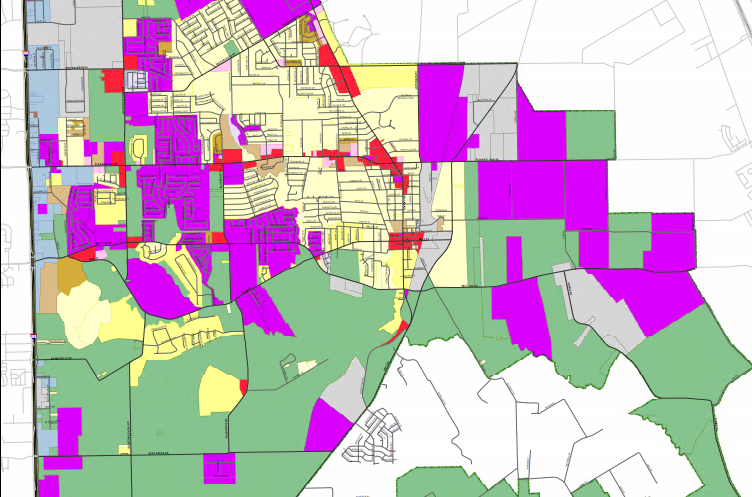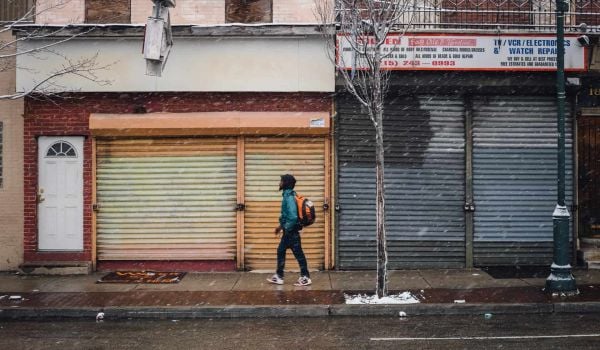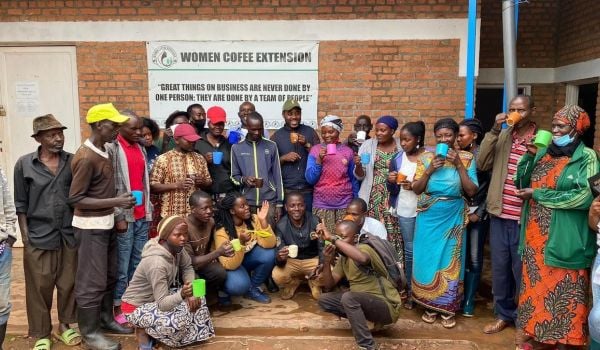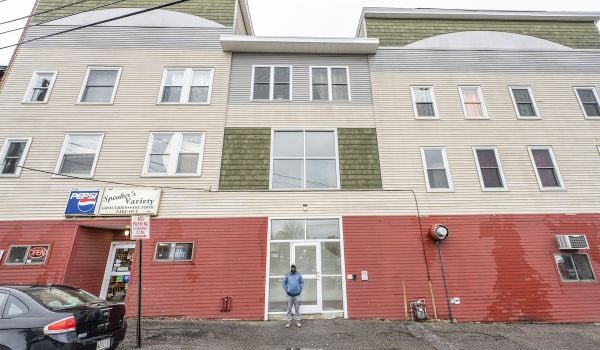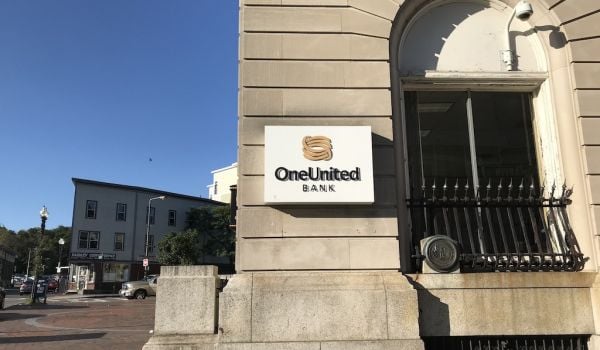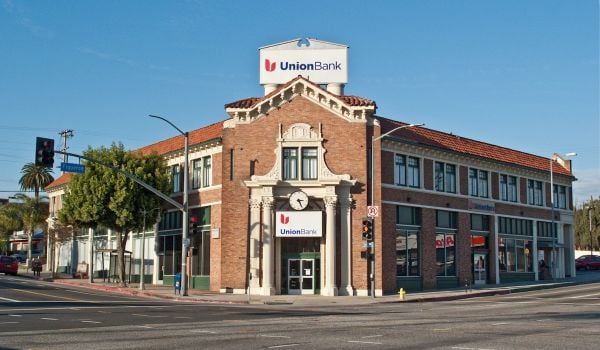No one else in the office thought it was worth their time. So the task of processing certificates of occupancy requests and zoning inquiries from local businesses and residents fell to Desiree Powell, who at the time was the newest, youngest staffer at the city planning division for Lancaster, Texas, a small, majority-Black satellite city just south of Dallas.
Being in the Dallas area, it’s no surprise the first small business case Powell handled was a barbeque joint. The owners were an older Black couple, very close to retirement. They’d been in business for around 20 years, long enough for no one to remember why no one told them they had to update their certificate of occupancy — a standard local government document that certifies the building’s current use complies with all zoning and building codes that apply to that property.
“It was hard to say, like, ‘Yeah, I know you’ve been here a long time, you’re awesome people but by the way the zoning doesn’t allow your business,’” says Powell. “It was the kind of place that gives discounts to city employees — firemen, police. I’m gonna be the person in the paper if it’s me that shuts this down. I don’t want that on my conscience.”
It took a few weeks and many meetings, but Powell successfully walked them through the zoning requirements and building inspections process to update their certificate of occupancy.
Cases like those eventually inspired Powell to create BLCK SPCES, an urban planning and design consultancy. It officially launched in August, focusing on helping Black and Hispanic communities and businesses design spaces that benefit them and get those ideas and designs through the planning and zoning process. She even self-published an e-book about urban planning and Black businesses. And she’s finding time to do all that while she still has a day job as a city planner in the Dallas-Fort Worth area. Her work has become about helping Black businesses and Black communities cope with planning departments that don’t seem to want or have the time for them.
“I never had a plan to be a planner, I just always loved people and I loved what community spaces did for me as a kid,” says Powell.
Like most urban planners she’s met, Powell says she got into the field by accident. Toward the end of her undergraduate studies at the University of Texas at Arlington, she took a class with a professor that focused on social justice issues in education. The professor encouraged her to look into urban planning. So she applied to graduate school at UT-Arlington, and got in.
“As embarrassing as it may sound, I bought the book Urban Planning for Dummies,” says Powell. “That helped a lot, actually, understanding some of the terminology and jargon going into it. This whole profession is full of random acronyms and made up words.”
During grad school, she worked at the same rec center on the east side of Arlington that she went to growing up.
“It was just kind of divine intervention,” says Powell. “Every [class] project I had I probably did off that rec center. I saw how the space affected kids and Black and brown families every day.”
Naturally, she wanted to be a park planner. “But that wasn’t really a thing in Texas, it was hard to find jobs that had ‘park planner’ in the description,” Powell says.
Her first official role as a planner was that job in Lancaster. As a young Black woman who grew up in nearby Arlington, Powell gained a reputation as a friendly face at the planning department. It started with the barbecue restaurant, and one or two cases like that per week soon turned into consistently three or four, sometimes three in one day, Powell says.
Cities charge anywhere from a few dozen to a few hundred dollars to update certificates of occupancy, and that doesn’t include the cost of any needed work to bring the building fully up to code. But small business owners generally find it’s worth it, once they understand the importance. Certificates of occupancy can be important documentation for a small business to have, especially if it’s just renting. Banks may require it to approve a loan for equipment or renovations, or insurance companies may need it to approve coverage.
Most of the small business owners that came to her for help with certificates of occupancy were Black or Hispanic — although they were frequently dealing with white commercial landlords who would complain to Powell about issues tenants or prospective tenants were bringing up that the landlord had neglected for years. Now those issues were becoming barriers to updating a certificate of occupancy.
“I would tell people before you get ready to go all the way through with [leasing a space] check with the landlord to make sure you know when was the last time somebody was in here, when was the last time they had the pipes checked,” says Powell. “And now the white landlords are upset because somebody let them in on the secret.”
Prospective entrepreneurs started coming to Powell to ask about sites they had their eye on to open a business. They wanted to check and make sure the zoning allowed for the business they had in mind. Or they wanted help going over what the buildings department would be checking as part of approving a new certificate of occupancy.
“People see vacant lots, they see for-lease, for-sale signs,” says Powell. “All small businesses, restaurants, hair salons, nail salons, gas stations, daycares. People trying to create their own version of the American Dream, trying to create generational wealth.”
But spending time on those cases meant time away from putting together briefing packets with zoning and other land use information on multiple potential sites for potential big employers from out of town.
The tension between supporting local and small businesses versus “attracting and retaining” large employers from out of town is familiar to city halls and planning departments across the country. And where there are large concentrations of Black people and businesses, there is a predictable winner between large corporations from out of town and local Black business owners. Even with a majority-Black council and a Black mayor, when it came to focusing her time on local, Black business owners, Powell was fighting a lost cause.
“It challenged me, personally, and it challenged me professionally in the sense of sometimes you’re going to have to step to people who are above you,” says Powell. “It’s a predominantly Black community in the southern portion of [Dallas-Fort Worth], in the state of Texas. If you’re not for them, who is?”
She eventually left her role, but she hasn’t left the Dallas-Fort Worth area. Her consulting clients so far have included Black and Hispanic small business owners looking to move into commercial spaces, nonprofits focusing on economic growth in predominantly-Black Southern Dallas, and two projects so far focused on creating safe and welcoming public spaces for Hispanic communities.
Out of all the factors tilting the playing field against businesses owned by Black, indigenous, or other people of color, city planning departments are one of the most opaque.
There isn’t anything close to a national database of land use applications like there is for home mortgage applications. Passed in 1975, the Home Mortgage Disclosure Act mandates that lenders collect and report demographic data to the federal government on home mortgage applications, including borrowers’ income, race and ethnicity as well as gender. Since the data cover applications, they include those denied as well as approved, allowing journalists and activists to see and report on the continued pattern of Black and Hispanic applicants being denied at higher rates than white applicants, regardless of income.
There isn’t even local demographic data for land use applications. It’s just not collected as part of the application process. So it’s impossible to say with precision whether a city grants a representative number of land-use applications from Black- or minority-owned businesses — let alone whether it gets a representative number of applications from those businesses. There’s no way to track whether those outcomes reflect the kind of hands-on approach and attention that Powell tried in her time at Lancaster, or if they reflect business as usual.
What is known is that even in Lancaster, Texas — a predominantly Black part of a major metropolitan area, even with a Black mayor and a majority-Black city council, it was an uphill battle for the planning department to give the same level of support for local Black businesses as it gave to big corporations from out of town.
“I saw a lot of good, and I saw a lot of bad,” says Powell. “Everybody that’s Black or brown isn’t down for the cause. I saw a lot of Black people and Hispanic people putting in things they said was beneficial but in reality was just about their pocketbook.”
This article is part of The Bottom Line, a series exploring scalable solutions for problems related to affordability, inclusive economic growth and access to capital. Click here to subscribe to our Bottom Line newsletter.

Oscar is Next City's senior economic justice correspondent. He previously served as Next City’s editor from 2018-2019, and was a Next City Equitable Cities Fellow from 2015-2016. Since 2011, Oscar has covered community development finance, community banking, impact investing, economic development, housing and more for media outlets such as Shelterforce, B Magazine, Impact Alpha and Fast Company.
Follow Oscar .(JavaScript must be enabled to view this email address)



